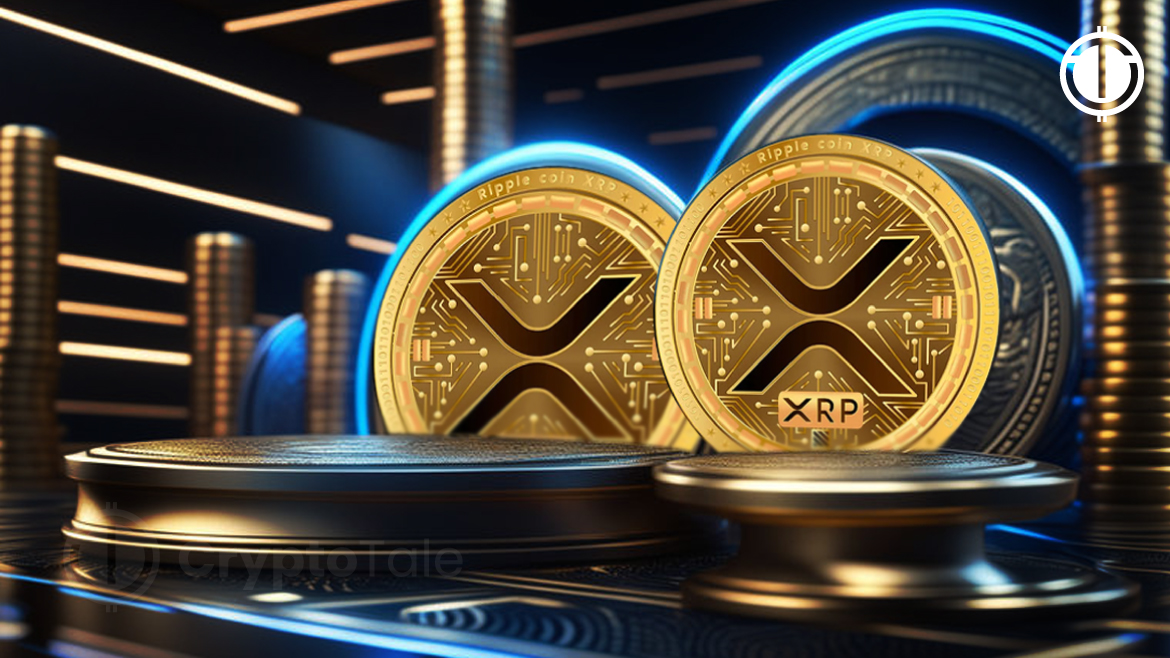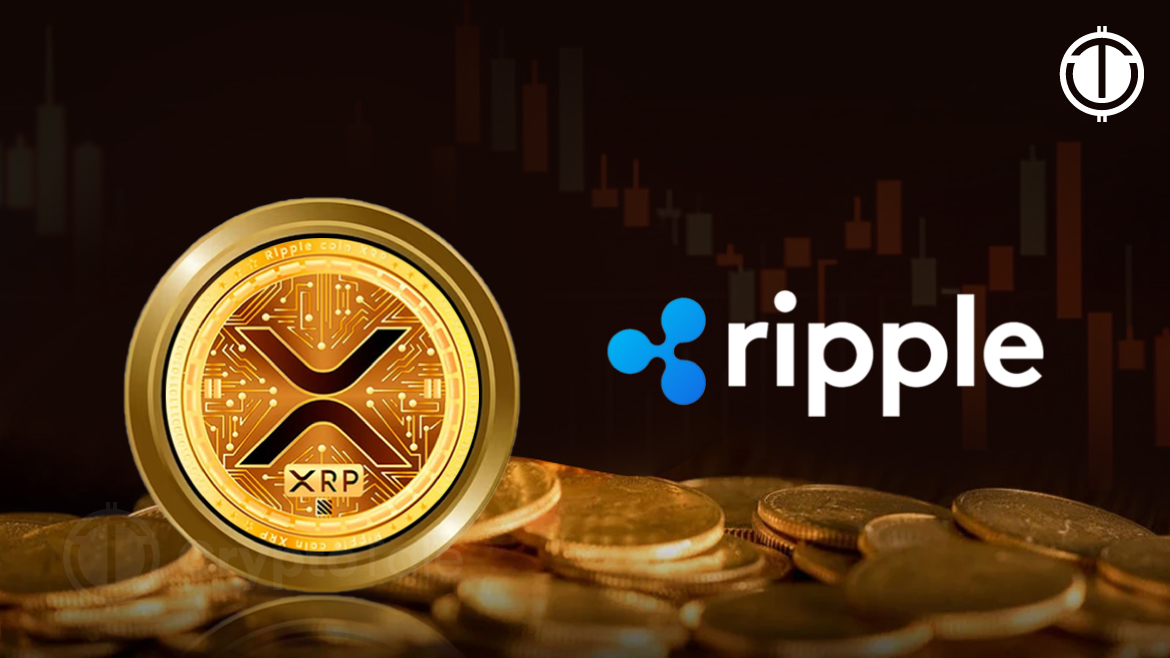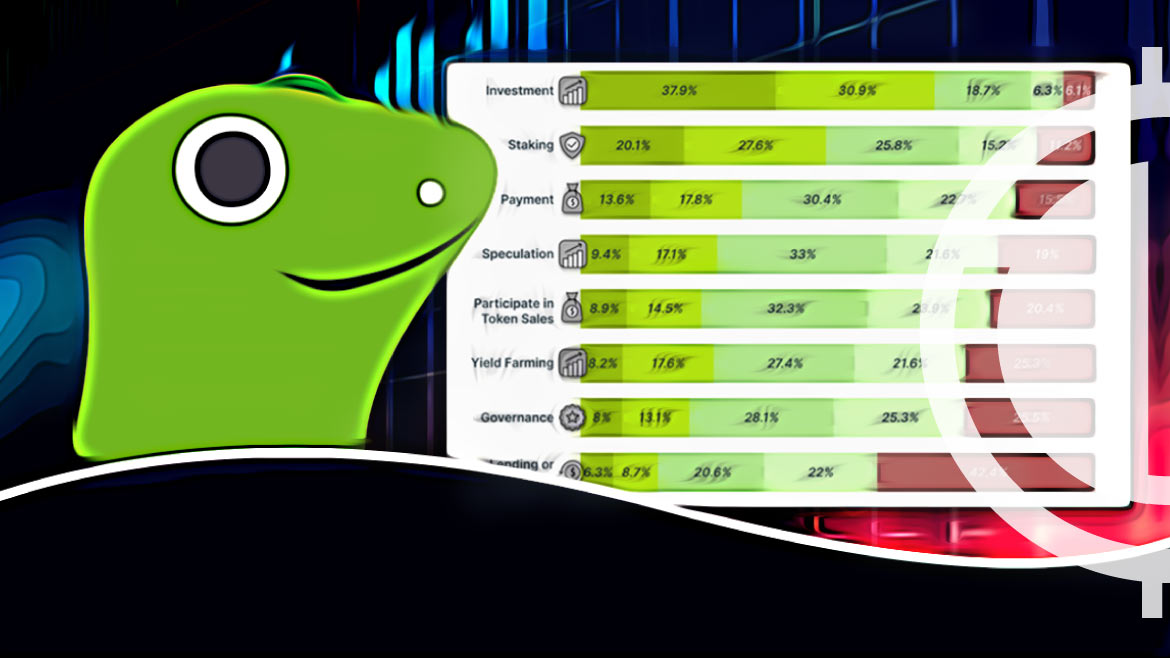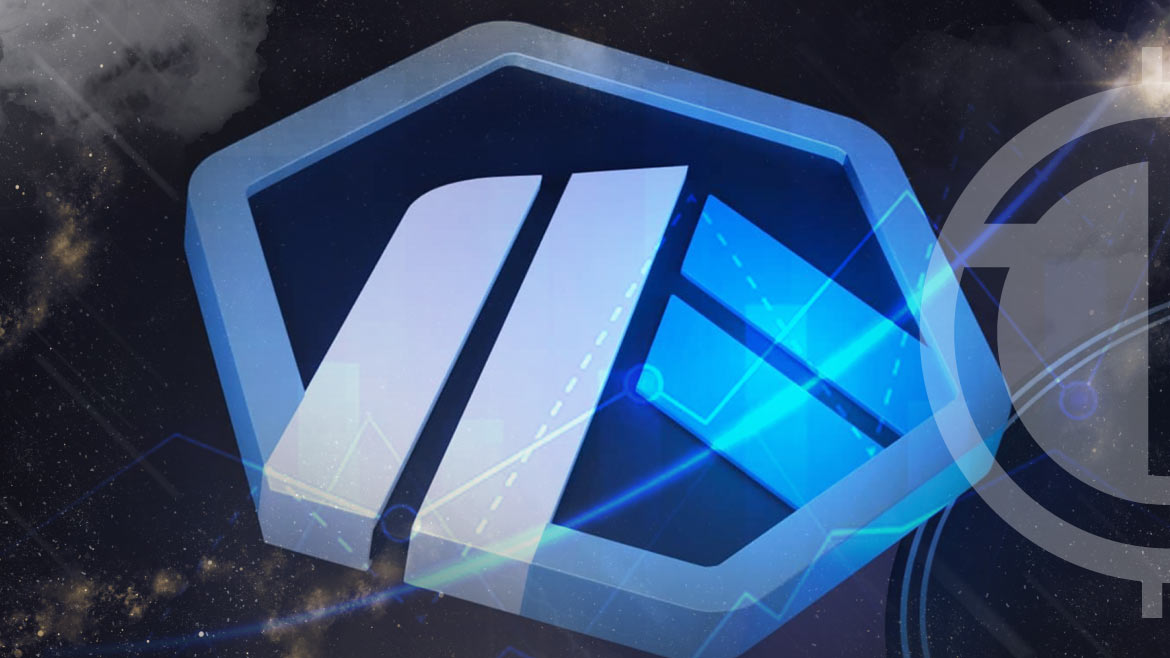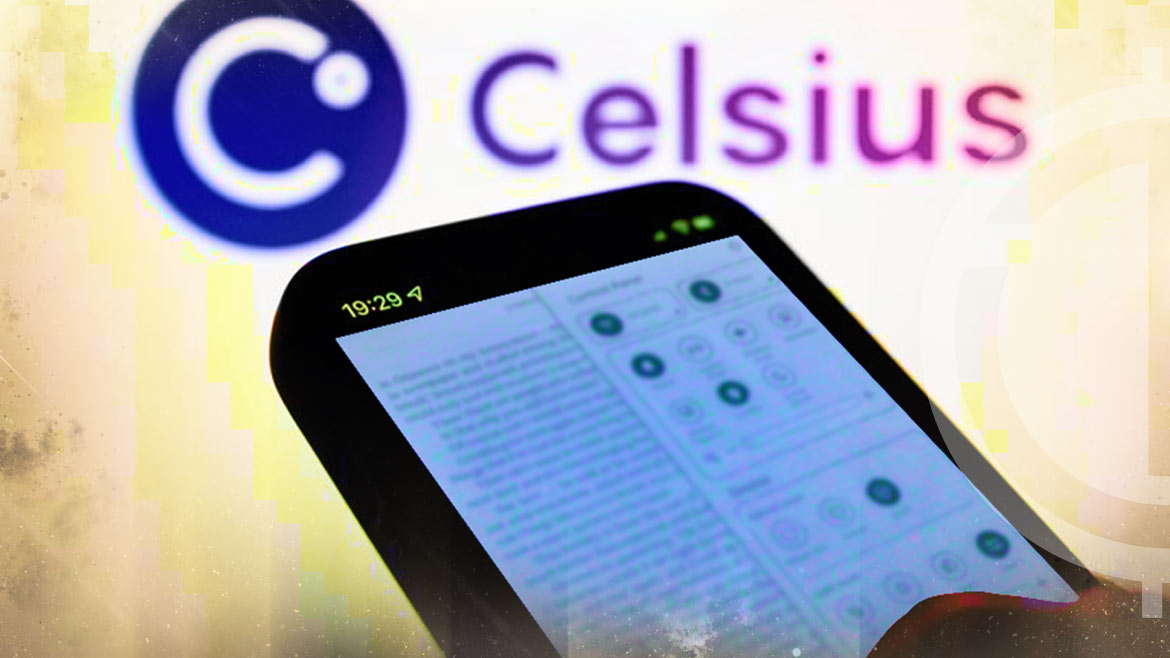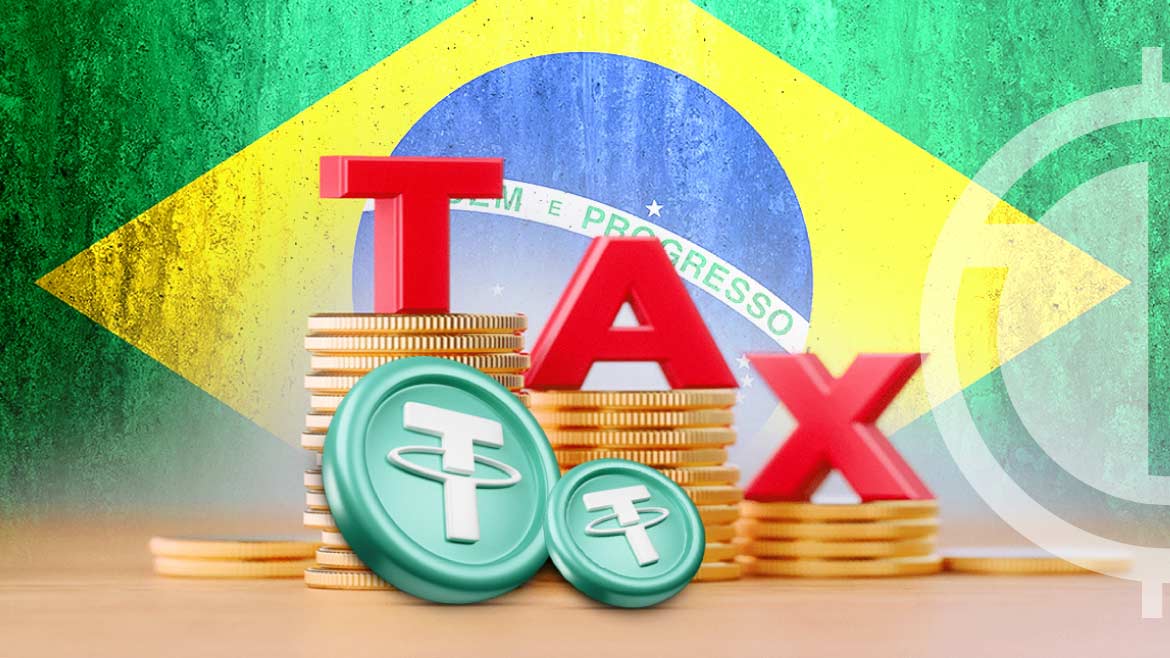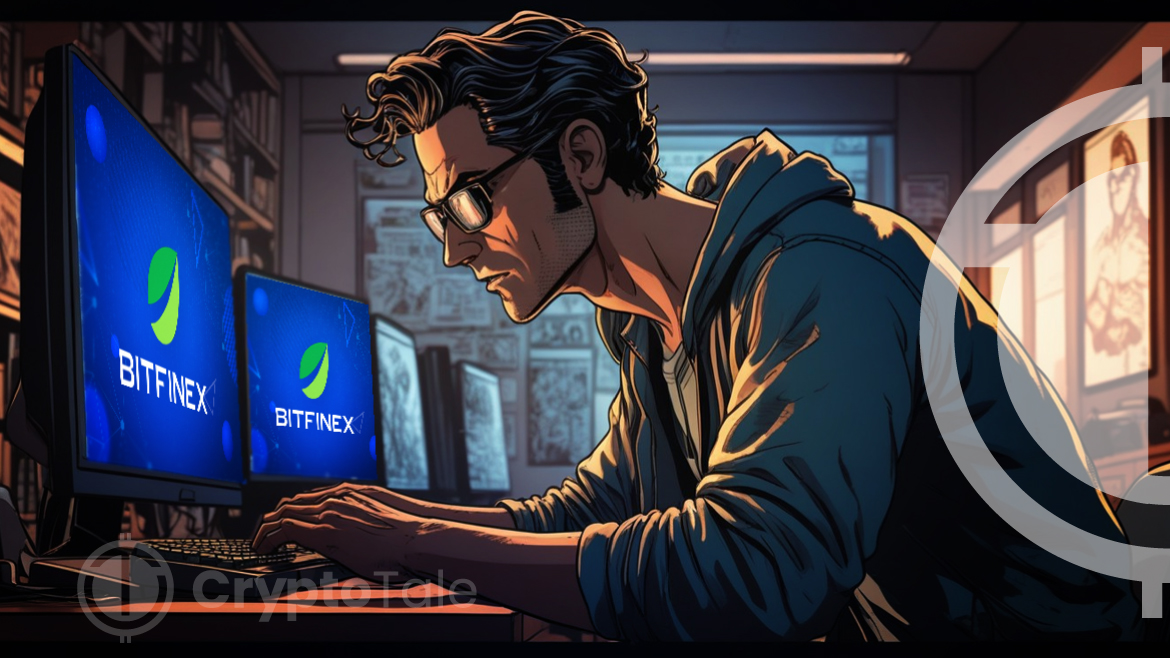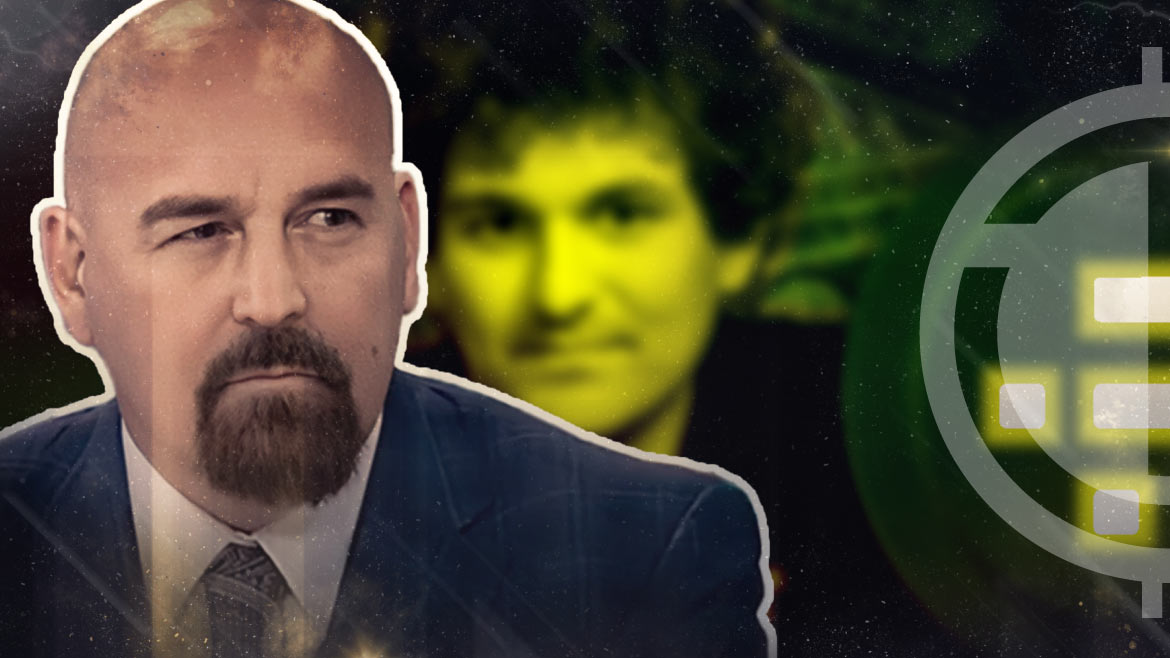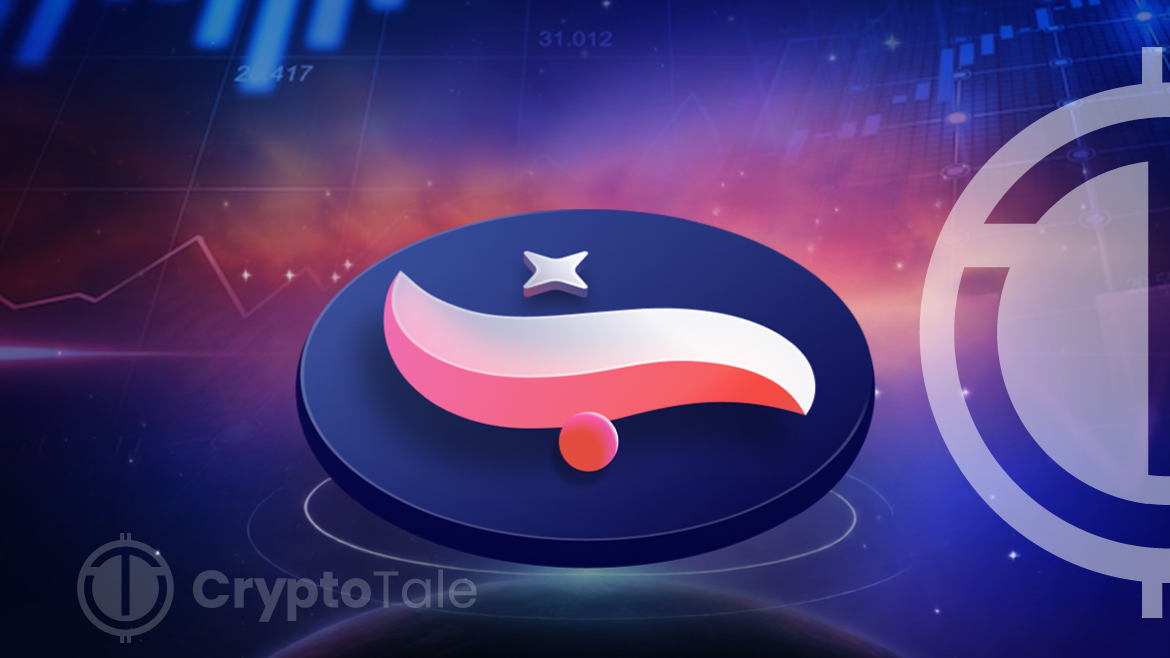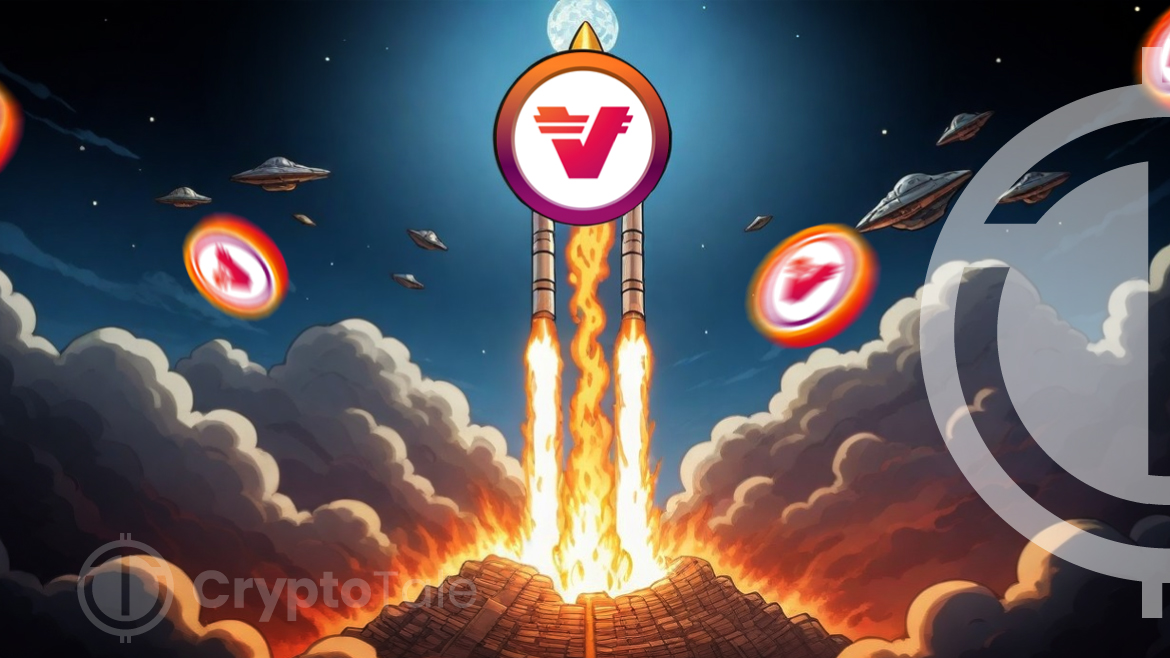In the dynamic intersection of blockchain technology and decentralized finance (DeFi), a transformative phenomenon has emerged, seamlessly intertwining the domains of gaming and finance—GameFi. Unlike traditional finance, which often appears distant and complex, GameFi introduces a playful and immersive element to the financial ecosystem by incorporating gaming mechanics and incentives. This fusion not only engages users on a more interactive level but also opens up new possibilities for earning and managing assets within virtual environments.
As blockchain technology continues to redefine industries, GameFi stands out as a unique and dynamic sector, offering a glimpse into a future where financial transactions are not only functional but also entertaining. This exploration will delve into the fundamental concepts, key components, and the burgeoning impact of GameFi on both the gaming and financial landscapes. From decentralized gaming ecosystems to play-to-earn models, we will unravel the layers of GameFi, shedding light on its origins, evolution, and the potential it holds for reshaping the future of finance.
Understanding GameFi
GameFi tokens are a type of cryptocurrency that is used in play-to-earn blockchain gaming projects. The term GameFi is a combination of the words “game” and “finance” and brings in elements of DeFi, as well as NFTs, to gameplay. GameFi tokens come in many forms, from crypto that you earn while playing to governance tokens in a gaming DAO.
GameFi games allow players to enjoy the gameplay and earn crypto while playing. These games use blockchain technology and are fueled by cryptocurrencies and NFTs. GameFi tokens are available on play-to-earn video games. The users holding GameFi tokens can receive discounts on trading and yield fees.
How Does GameFi Work?
GameFi is a fusion of blockchain technology, gaming, and decentralized finance (DeFi) that offers economic incentives through play-to-earn models. GameFi platforms are supported by smart contracts that automatically execute specific actions when certain conditions are met. The flexibility and programmability of smart contracts make them a powerful tool for creating unique and innovative GameFi experiences.
In GameFi, the reward can come in different forms, such as cryptocurrencies or in-game assets like virtual land, avatars, weapons, and costumes. Each GameFi project will adopt a different model and game economy. In most cases, the in-game assets are non-fungible tokens (NFTs) running on the blockchain, meaning they can be traded on NFT marketplaces. In other cases, however, the in-game assets need to be converted into an NFT before players can trade or sell them. Typically, the in-game assets will provide certain benefits to the players, allowing them to earn more rewards. But, some games also feature avatars and cosmetics that are purely visual and have no impact on the gameplay and earnings.
Players can earn cryptocurrency and NFT rewards by completing tasks, competing with others, and progressing in the game. Depending on the game, players can earn rewards by completing tasks, battling with other players, or building and monetizing structures on their plots of land. Some games also let players generate passive income without playing the game, either through staking or by lending their gaming assets to other players.
Top GameFi Tokens by Market Capitalization
Today’s GameFi Coins Prices:
| Ranking | Name | Price | 24H Change | 24H Volume | Market Cap |
| 44 | Immutable X (IMX) | $1.37 | +12.14% | $247.21 M | $1.71 B |
| 53 | Render Token (RNDR) | $3.41 | -3.90% | $150.42 M | $1.27 B |
| 68 | Axie Infinity (AXS) | $6.23 | +1.54% | $42.72 M | $885.83 M |
| 69 | The Sandbox (SAND) | $0.4155 | +1.11% | $71.23 M | $870.45 M |
| 71 | Decentraland (MANA) | $0.4259 | +0.35% | $57.97 M | $806.24 M |
GameFi is transforming gaming by integrating decentralized finance into blockchain-based game environments. Below are the top 5 GameFi tokens leading this revolution based on market capitalization:
Immutable X (IMX)
With a market cap of $1.71 billion, IMX is the leading layer-2 scaling solution for NFTs on Ethereum. It powers mainstream games like Illuvium and Guild of Guardians to allow for gas-free minting and trading of gaming NFT assets. IMX is poised to become the backbone for GameFi projects looking to build large-scale NFT economies.
Render Token (RNDR)
The RNDR token has reached a market cap of $1.27 billion due to the immense demand for the Render Network’s GPU cloud computing power. Render provides the rendering infrastructure for creating high-quality graphics and videos for GameFi environments and metaverse projects. As these new 3D virtual worlds grow, RNDR’s GPU network will be critical infrastructure.
Axie Infinity (AXS)
AXS clocks in at a market cap of $885.83 million due to the immense popularity of the Axie Infinity game. It pioneered the play-to-earn model by rewarding players with AXS tokens for battling, collecting, and breeding cute monster NFTs called Axies. Axie has demonstrated the potential of GameFi to create real value through fun blockchain-based gameplay.
The Sandbox (SAND)
SAND has achieved a market cap of $870.45 million thanks to The Sandbox’s ambitious vision of a user-generated metaverse. It allows players to buy virtual land NFTs and create pixel-style worlds and games populated by player-created NFT assets. Major brands have bought virtual land to market to its young audience.
Decentraland (MANA)
With a market cap of $806.24 million, MANA token powers the Decentraland metaverse platform. Users can purchase land and explore 3D virtual worlds full of interactive games and events. Major corporations have hosted virtual conferences and openings in Decentraland, demonstrating its potential as a new social space.
The growth of these top tokens underscores how GameFi is capturing value by integrating blockchain economies into digital worlds and gaming experiences. As adoption expands, these projects appear poised to revolutionize entertainment and engagement through virtual environments.
Ecosystem of GameFi Launchpad
GameFi Launchpad is a component of the GameFi ecosystem that provides investors with the opportunity for early entry into blockchain-based games. It is the first Initial Game Offering (IGO) launchpad, with tools to facilitate the success of games. GameFi Launchpad is supported by smart contracts that automatically execute specific actions when certain conditions are met. The flexibility and programmability of smart contracts make them a powerful tool for creating unique and innovative GameFi experiences.
GameFi Launchpad offers a range of features to all participants in the booming game finance economy. These features include an ultimate Aggregator and a dedicated gaming Launchpad. GameFi Launchpad also has a marketplace, accelerator, and yield guilds. The ecosystem of GameFi Launchpad is designed to build relationships with game players, token holders, and traders all in one place.
The Benefits of GameFi
Integrating blockchain and cryptocurrency mechanics into games provides some key benefits:
- True Ownership – Players can fully own rare digital assets like skins and weapons as NFTs, instead of being locked within a single game or platform.
- Play to Earn Model – Players are incentivized to keep contributing to games by earning token rewards. This creates sustainable economies.
- Community Governance – Governance tokens give players a voice in shaping the direction of games they are invested in.
- Interoperability – GameFi assets can be utilized in various games and virtual environments instead of being restricted to a single platform.
- Transparent Economies – Cryptocurrency and blockchain make in-game economies and reward systems transparent and verifiable.
The Future of GameFi
GameFi has exploded in adoption and attention over the past couple years. But it still has a long runway for growth in fulfilling its potential. Here are some predicted trends for the future:
- Mainstream Adoption – Major game publishers will launch GameFi integrations, bringing the model to mainstream AAA titles.
- Virtual World Interoperability – Game metaverses will become increasingly interconnected, with assets transferable across different worlds.
- New Gameplay Formats – New kinds of gameplay will emerge that fully integrate the unique affordances of crypto, NFTs, and decentralization.
- Regulatory Clarity – Governments will eventually provide clearer regulations addressing blockchain games and true digital asset ownership.
- Killer App Discovery – A hugely popular game will emerge that demonstrates the full disruptive potential of blockchain integration. This killer app will onboard millions to GameFi.
Conclusion
GameFi is fundamentally transforming gaming by aligning incentives between players, developers, and communities. Through true ownership of in-game assets as NFTs, play-to-earn tokenomic models, and decentralized governance, GameFi empowers players with new forms of creative and economic agency. As the supporting blockchain technology matures and gains mainstream adoption, GameFi has the potential to evolve gaming into a more open and participatory experience. While regulatory and UX challenges remain, the value unlocked by melding gaming and decentralized finance is undeniable.

